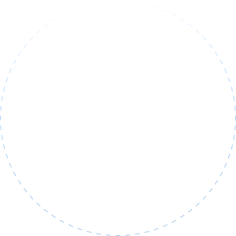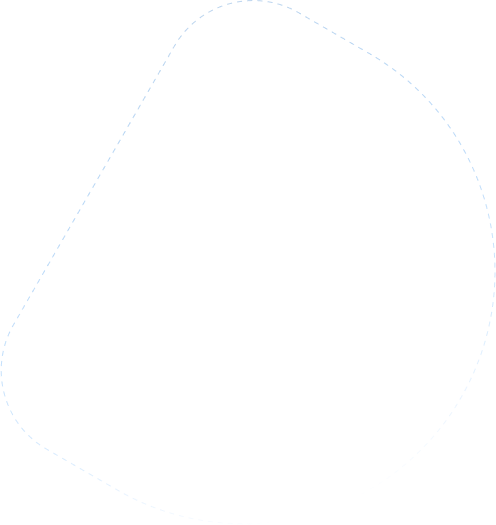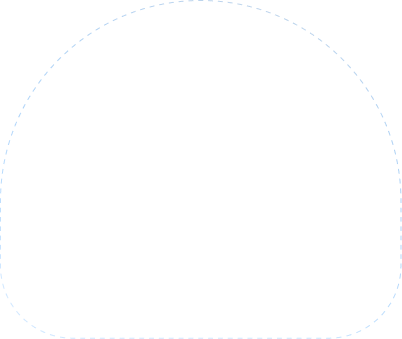What is Student Loan Forgiveness?
Student loan forgiveness refers to programs that can reduce or eliminate the remaining balance of federal student loans for borrowers who meet specific qualifications. These programs are designed to offer relief to individuals who may have difficulty repaying their loans, particularly those working in public service, education, or facing financial hardship.
How Does Student Loan Forgiveness Work?
Student loan forgiveness works by allowing eligible borrowers to have all or a portion of their student loans forgiven after meeting certain requirements. These programs typically require consistent payments over a set period or employment in specific professions. Once the forgiveness criteria are met, the remaining loan balance is discharged.
Common types of student loan forgiveness programs include:

Public Service Loan Forgiveness (PSLF)
Available to borrowers who work full-time in qualifying public service jobs. After making 120 qualifying payments under a repayment plan, the remaining loan balance is forgiven.

Teacher Loan Forgiveness
For qualified teachers who work in low-income schools. Teachers can receive up to $17,500 in forgiveness after five years of service.

Income-Driven Repayment (IDR) Forgiveness
Under income-driven repayment plans, borrowers make payments based on their income. After 20 to 25 years of qualifying payments, the remaining loan balance may be forgiven.

Total and Permanent Disability Discharge
Borrowers who are permanently disabled and unable to work may qualify for loan forgiveness, eliminating their remaining student loan debt.

Borrower Defense to Repayment
Provides loan forgiveness for borrowers whose schools engaged in misconduct or misled them about educational outcomes, allowing them to have their loans discharged.
Each of these programs offers relief to borrowers facing significant financial burdens due to student loans.
Who Can Benefit from Student Loan Forgiveness?
Student loan forgiveness is designed to help individuals who are struggling to repay their loans, especially those in certain professions or facing long-term financial challenges. Borrowers working in public service, teaching, or with low incomes are ideal candidates for forgiveness programs.
Student loan forgiveness can benefit:

Public Service Workers
Individuals working full-time in government, nonprofit organizations, or other qualifying public service roles can benefit from PSLF.

Teachers in Low-Income Schools
Educators working in qualifying schools can receive forgiveness after five years of service through the Teacher Loan Forgiveness program.

Income-Driven Borrowers
Those on income-driven repayment plans can have their remaining loan balance forgiven after 20 or 25 years of payments.

Permanently Disabled Borrowers
Individuals who are unable to work due to a permanent disability can qualify for Total and Permanent Disability Discharge.

Victims of School Misconduct
Borrowers whose schools misled them about job prospects, education quality, or other factors may be eligible for loan forgiveness through Borrower Defense to Repayment.
Advantages & Disadvantages
Disadvantages
-
Eligibility Requirements
Forgiveness programs have strict eligibility criteria, including specific job types, payment history, or income thresholds. Not all borrowers will qualify. -
Long Repayment Periods
Some programs, such as income-driven repayment forgiveness, require 20 to 25 years of payments before loans are forgiven. -
Tax Implications
In some cases, forgiven student loan amounts may be considered taxable income, resulting in a potential tax bill at the time of discharge.
Advantages
-
Eliminate Loan Balances
Student loan forgiveness programs can eliminate all or part of your remaining loan balance, freeing you from debt. -
Focus on Other Financial Goals
Forgiveness allows you to focus on other financial goals, such as buying a home, saving for retirement, or investing. -
Tailored for Specific Careers
Programs like PSLF and Teacher Loan Forgiveness reward individuals working in public service and education, providing financial relief while serving the community. -
Relief During Hardship
Forgiveness programs offer flexibility during financial hardships, providing reduced payments or temporary relief while still progressing toward loan forgiveness.
Who Qualifies for Student Loan Forgiveness?

Individuals Working in Public Service or Education
Borrowers employed in government, nonprofit, or low-income schools are ideal candidates for programs like PSLF or Teacher Loan Forgiveness.

Applicants Enrolled in an Income-Driven Repayment Plan
Borrowers with high student debt relative to their income may benefit from income-driven repayment forgiveness.

Eligible Individuals with a Permanent Disability
Individuals who are permanently disabled and unable to work may qualify for Total and Permanent Disability Discharge.

Persons Able to Prove School Misconduct
Borrowers whose schools misrepresented key information may qualify for forgiveness through Borrower Defense to Repayment.
FAQs
PSLF requires borrowers to make 120 qualifying payments under a qualifying repayment plan while working full-time for a qualifying employer. This process typically takes 10 years of consistent payments.
Yes, teachers who work in qualifying low-income schools may be eligible for Teacher Loan Forgiveness. This program offers up to $17,500 in forgiveness after five years of consecutive service.
If you do not qualify for loan forgiveness, other options such as loan consolidation, refinancing, or income-driven repayment plans may still help lower your monthly payments or make your debt more manageable.
In some cases, the IRS may consider forgiven student loans as taxable income. However, loans forgiven under programs like PSLF or Teacher Loan Forgiveness are not typically subject to taxes. It’s important to consult with a tax professional to understand your specific situation.
No, student loan forgiveness programs generally apply only to federal student loans. Private loans are not eligible for federal forgiveness programs, though some private lenders may offer relief options.
In some cases, borrowers may be eligible for more than one forgiveness program, but you can only receive forgiveness from one program at a time. It’s important to review your eligibility and choose the program that best fits your financial situation.






